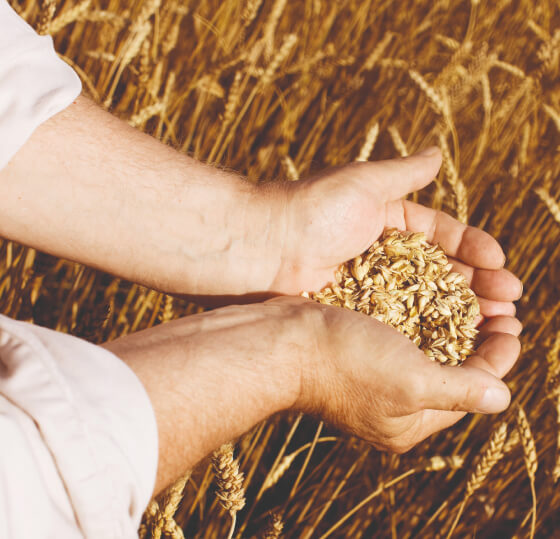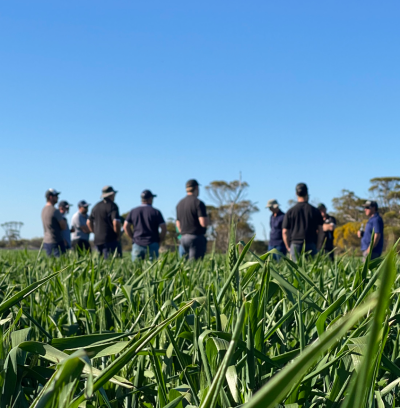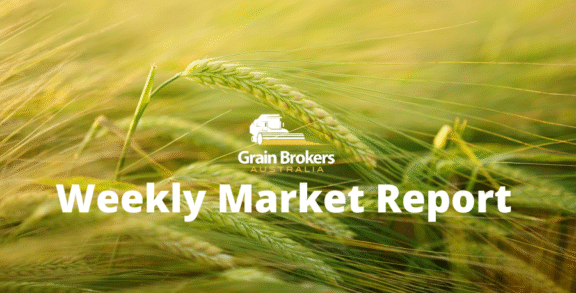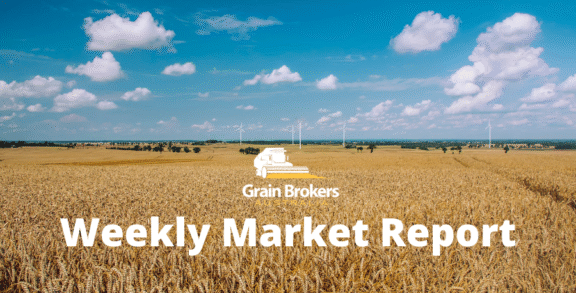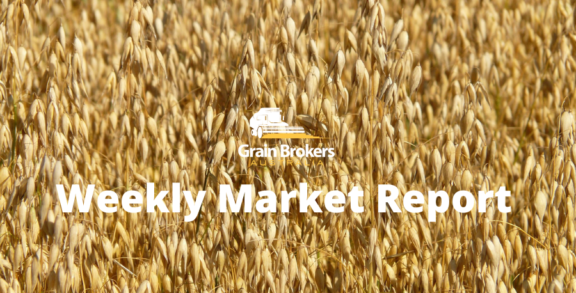
Bulk shipments of Australian feed barley to Saudia Arabia have resumed, with the Middle East destination appearing in the Australian Bureau of Statistics barley export data for December last year, the first time since shipments stopped abruptly in June 2023.
The halt to the Saudi Arabian barley export flow 18 months ago came only weeks before the resumption of Australian barley sales to China, following the removal of punitive anti-dumping tariffs on August 5, 2023, that Beijing had imposed on all new sales made on or after May 19, 2020.
The escalation of shipments to the Middle Eastern kingdom late in 2020, once the open sales to China were executed and new crop stocks became available, was almost as dramatic. There was only one bulk shipment of barley to Saudi Arabia between May 2017 and September 2020. However, in the intervening 33-month period to the end of June 2023, Australia shipped 7.864 million metric tonne of feed barley to Saudi Arabia, predominantly to the Persian Gulf port of Dammam.
And, it appears the China connection remains, with a marked slowdown in new crop sales to China in the current marketing year seemingly behind the reconnection with the world’s second-biggest barley export market. While barley shipments to China in December were seemingly respectable at 0.39MMT, exports in the September to December 2024 period were only 1.45MMT, just 50 per cent of the 2.88MMT shipped over the same period in 2023.
However, Saudi Arabia’s appetite for feed barley is also waning, despite there being no domestic production. The United States Department of Agriculture’s January global supply and demand update pegged 2024/25 marketing year imports at just 2.2MMT, down from 2.6MMT in 2023/24, 3.1MMT in 2022/23, 6.1mmt in 2020/21 and 10.4mmt in 2015/16. Some pundits have attributed the sharp fall in barley imports over recent years to the absence of Australian feed barley in the market, following the tidal wave of demand from China once the tariffs were removed.
According to Saudi Arabian Customs data, Russia supplied 74 per cent of all barley imports in the 2023/24 marketing year, followed by Australia at 10 per cent (all of the June 2023 shipments out of Australia must have arrived in July), the European Union at 9 per cent and Ukraine at 7 per cent. Based on ABS export data, Australia’s share of the Saudi Arabian feed barley market in 2022/23 was around 53 per cent and in 2021/22 it was more than 63 per cent.
The year-on-year decline is underpinned by supply chain disruptions, primarily in the Red Sea, but the longer-term decline mirrors the growth of the domestic stockfeed processing sector that encourages farmers to use locally processed animal rations, which are reported to be more cost-effective than imported barley.
Farmers in Saudi Arabia have traditionally mixed feed barley with alfalfa (lucerne) hay to feed their livestock, but domestic hay prices have gradually been rising, making the fodder mixture more costly than processed stockfeed. Furthermore, the barley/alfalfa mix will get even more expensive when local alfalfa production is terminated in 2027.
The increasing demand for locally processed animal rations has reduced the use of feed barley in the domestic market. Locally produced stockfeed uses corn as the primary ingredient, substantially increasing its demand over the past two years. Consequently, corn imports are on an upward trajectory, with the USDA pencilling in 4.6MMT in 2024/25, down from 5MMT in 2023/24 due to a higher carry-in, but well above the five-year average.
Imported corn is primarily used for stockfeed rations, but approximately 240,000 metric tonne is used in the production of food processing ingredients, such as starch and sweeteners. Domestically grown corn, of which there is around 110,000 metric tonne, is consumed for food as corn-on-the-cob or milled for flour by small neighbourhood mills.
According to the USDA’s Riyadh-based Foreign Agricultural Service bureau, local farmers have been educated about the cost saving benefits of processed stockfeed and are comfortable making the change. As much as 30 per cent of raw barley fed to livestock is discharged without being digested, providing no benefit to animals in terms of nutrition or weight gain.
The Arabian Agricultural Services Company (ARASCO), the largest animal feed processor in Saudi Arabia, reports that one kilogram of manufactured livestock feed, referred to as “wafi”, is equal to 1.5 kilograms of raw feed barley. It also offers higher nutritional value, leading to faster weight gain relative to feeding barley. ARASCO markets wafi as a complete animal ration consisting of cereals, wheat bran, soybean meal, molasses, alfalfa, minerals, and vitamins. It uses the most price competitive of feed wheat, feed barley, sorghum, or corn in wafi production.
While the barley distribution network across the nation is extensive and well-established, the market penetration of the processed stockfeed sector is catching up rapidly. As the production of processed rations has increased with new builds and increased capacity at existing facilities, so too has the distribution arc from each of the regionally based feed mills. With the wider availability of competitively priced feed alternatives, demand for feed barley is decreasing.
Late last year, the Saudi government announced a three-year plan to phase out domestic green forage production by 2027 as part of its water conservation efforts. The termination of domestic alfalfa hay cultivation is projected to further reduce the competitiveness of the imported hay-barley feed mix relative to processed animal rations.
If this plan is implemented, the demand for processed stock feed, and thus for imported corn, should significantly increase beyond 2027. The requirement for imported feed barley will likely decrease accordingly in the absence of a significant and sustained change to the landed price relativities of the two imported grains.
The Ministry of Environment, Water and Agriculture wants to see feed barley imported only for use as an ingredient in the domestic stockfeed processing sector when prices are competitive instead of being fed unprocessed to cattle. This means that Saudi Arabian barley imports are likely to continue falling and will only be used as an ingredient in stockfeed rations when cost dictates relative to alternative feed grain options.
Call your local Grain Brokers Australia representative on 1300 946 544 to discuss your grain marketing needs.
Written by Peter McMeekin.
